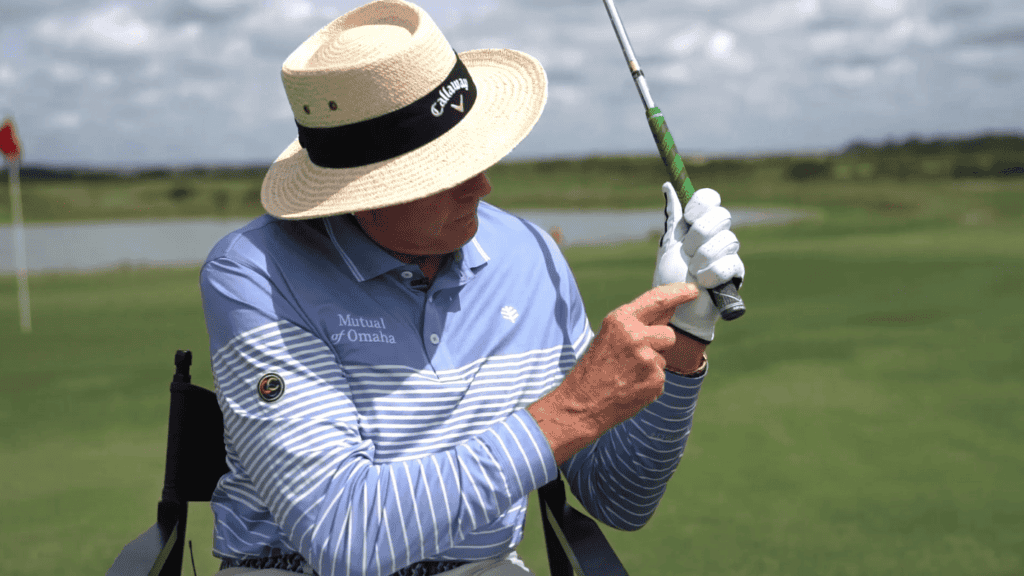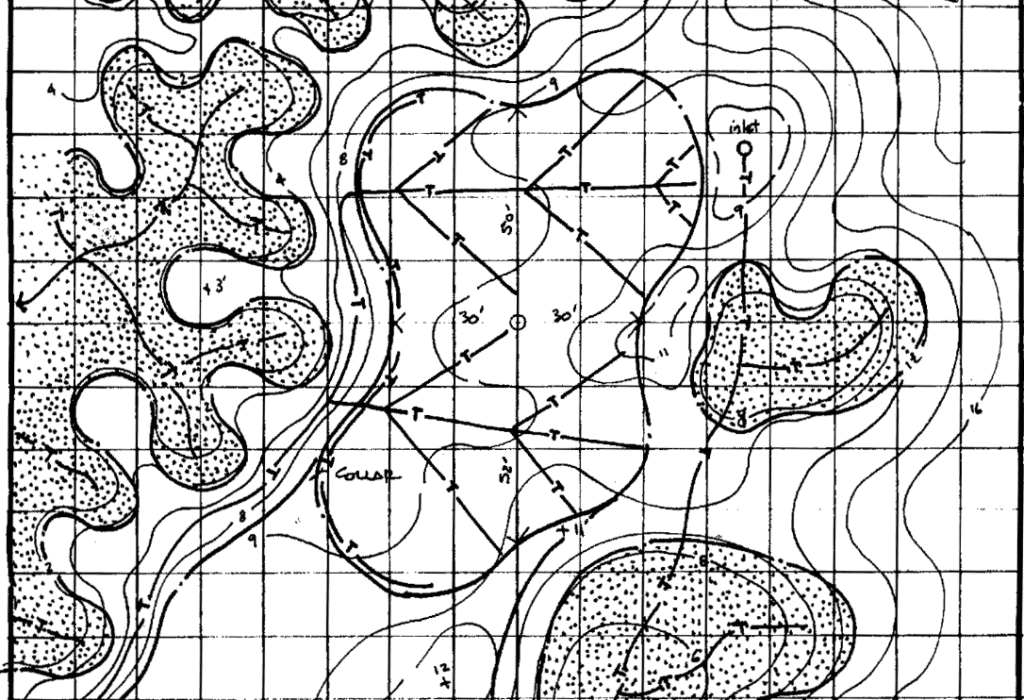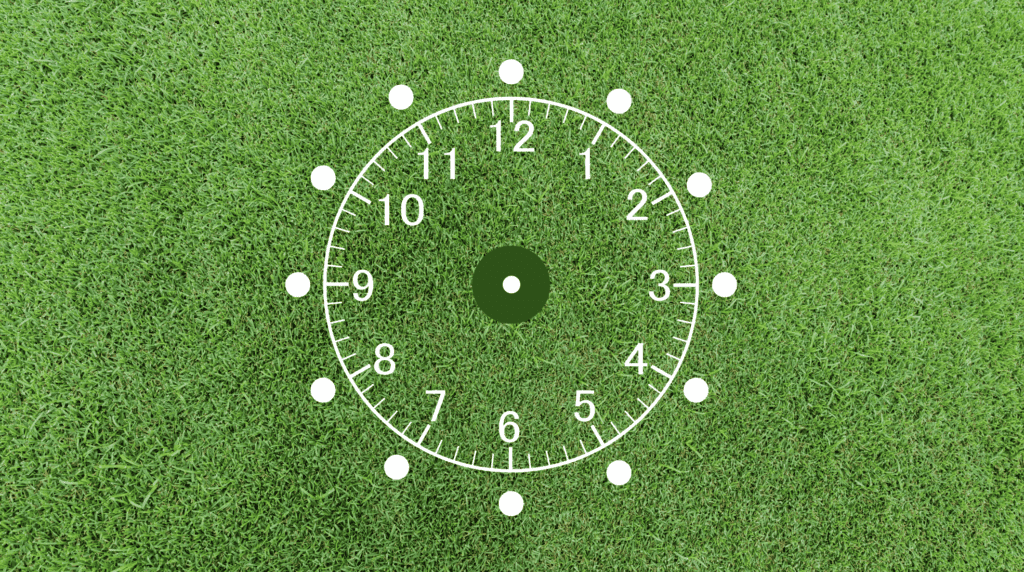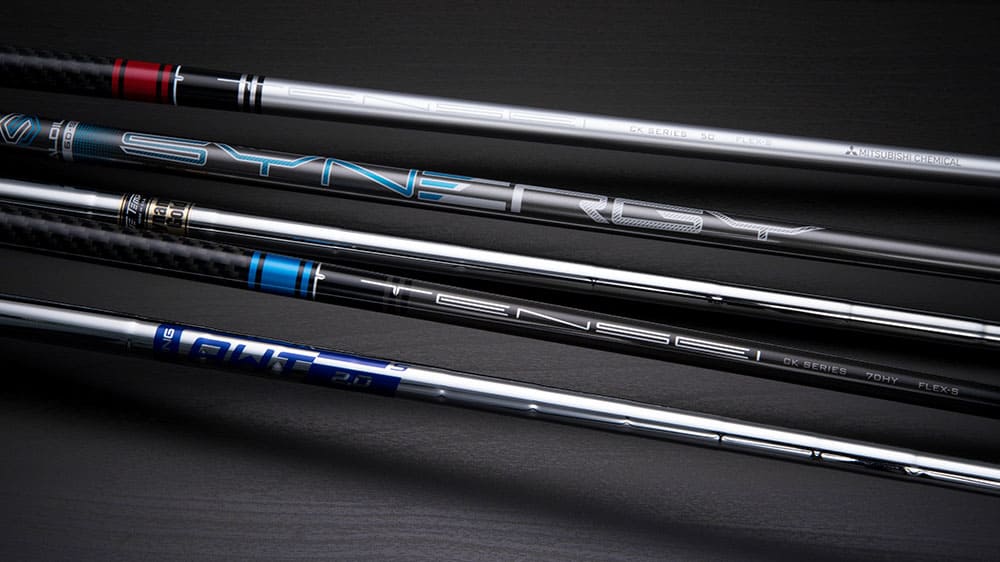
In the world of golf, no one particular facet of the game is as fundamentally important as the proper golf grip. A proper golf grip may not lead necessarily to a good swing, but a bad golf grip is much more likely to lead to a bad swing. Many golfers struggle all their lives with not-so-good grips, not knowing to how to grip a golf club, which can never produce good moves in the golf swing itself. A solid understanding of how to hold a golf club is the first step toward significant improvement in your golf game. In this post, we’re going to be referring to David Leadbetter’s revolutionary instructional book: The Golf Swing. Ready to play better golf? Then keep on reading.
Often, players have grips that appear satisfactory on the surface, but on closer inspection turn out to be one of the main causes of their golfing woes. Generally speaking, a poor golf grip will put too much emphasis on the hands. That in turn leads to over-controlling of the golf club resulting in the club moving out of position. In an athletic swing, the role of the hands is reduced as much as possible. To grip a golf club correctly, your hands must act passively and simply respond to the motion of your body. To that end, David places great importance in positioning your hands correctly on the club in what he has deemed a ‘neutral position’. “The more neutral your hands are at address, the more neutral they will be at impact.” Here’s a step-by-step approach to creating a proper neutral golf grip:
Creating A Proper Neutral Golf Grip
Step #1: Begin with your left hand (lefties do the opposite). Grip the club in your palm. It should run diagonally across from the pad at the base of the palm to the index finger. This provides a healthy balance between fingers and palms. If you’re properly gripping the golf club, your index finger will create a slight trigger effect like the image below.

Step #2: (Congrats on making it this far, you’re well on your way to learning how to grip a golf club correctly!) When your left-hand closes over the club, your thumb should be placed pretty much directly on top of the shaft. Looking down, you should be able to see the top two knuckles on the back of your hand. The ‘V’, or the line formed between the first knuckle on the index finger and the thumb, should point at your right ear.

Step #3: With your left hand now having a proper grip on the golf club, it’s time for the right hand to join it. Linking your hands together correctly is a vital step in the process of learning how to grip a golf club. Both hands need to work together to create a single unit, rather than one overpowering the other. There are three ways in which your right hand can join your left on the golf club:
- Overlap (Vardon grip): your right pinkie nestling in the ridge between the index and second fingers of your left hand;
- Interlock: the pinkie lying between the first two fingers of your left hand;
- Or, it can simply lie below the left in what is known as the ten-finger grip
The overlapping grip is widely considered to be the proper golf grip and is used by most professional golfers. It promotes the best feel while simultaneously keeping both hands together. With your hands on the golf club, your left thumb should now fit snugly into the gap between the two meaty parts at the base of the palm of your right hand, almost exactly in the middle of your palm. Your right index finger sits slightly down the shaft to form a little trigger, your thumb adjacent to it on the left side of the grip.

How To Hold A Golf Club
Now that you’ve learned the proper grip, let’s make sure you’re actually holding the golf club correctly. There should be a bit of awareness or sensation in your “trigger” finger as it pushes onto the shaft. Be sure that there is an equal balance of pressure in both hands.
With both hands on the golf club, you should maintain a firm hold but feel particular pressure in the last three fingers of your left hand, in the trigger finger of your right hand, and in the middle of the grip with the lifeline of your right hand pushing down onto your left thumb.
The pressure exerted by your hands on the golf club shot not be excessive. One sharp tug on the clubhead should be enough to loosen your grip, but not enough to pull the club away from your hands.
Conclusion
And with that, you are well on your way to playing better golf! Just remember, a proper golf grip may not lead necessarily to a good swing, but a bad golf grip is much more likely to lead to a bad swing. For the ultimate golf grip trainer, check out the Leadbetter glove here. For more help with your golf game, book a lesson with us here.



